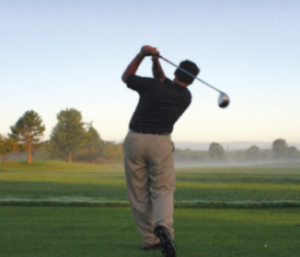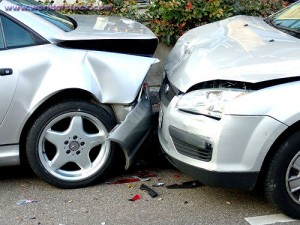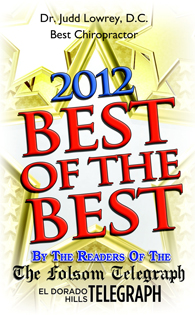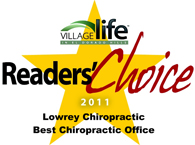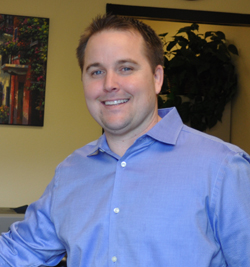February is the month for romantic cards, boxes of chocolates, and bouquets of roses. And, it’s also American Heart Month. While it’s ok to give your heart to someone you love, it’s also important to keep it healthy so that you can enjoy many more Valentine’s Days to come.
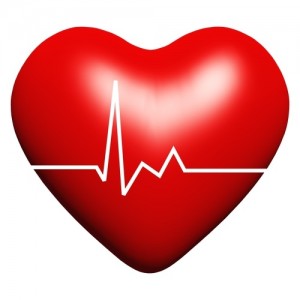
While the number of individuals being diagnosed with heart disease is steadily decreasing thanks to better detection and treatment of related conditions such as high cholesterol, hypertension, and diabetes, heart disease remains America’s leading cause of death.
The good news is that there is much you can do to combat heart disease, even if you have a family history of the condition. By incorporating these healthy strategies into your daily life, you can greatly reduce your chances of getting heart disease. These same strategies will also help you feel and look your best for yourself – and for that special Valentine in your life.
Adopt a Heart Healthy Diet
Ok, for lovers of rich, calorie-laden food, this might sound scary, but it really isn’t. By just adding a few more vegetables, fruits, and whole grains into your daily diet and minimizing the saturated fats and sodium, you can cut your heart disease risk significantly. At lunch, substitute a fresh salad for the cheeseburger. Choose fresh fruit over ice cream for dessert. How about a warm bowl of oatmeal instead of grabbing for that doughnut? Making these simple choices can really make a difference!
Get Moving!
Your heart needs exercise just like any muscle. By raising your heart rate, even slightly, by walking, biking, swimming, or other type of exercise, you will build your heart’s strength. And the extra perks from exercise include weight loss, toned muscles, and better sleep. No, you don’t need to start training for a triathlon. Just 30 minutes on most days of the week is all that you need. But, once you start incorporating exercise into your daily routine, you’ll probably want to ramp it up because it does really make you feel great!
Stop Smoking
Smoking remains one of the biggest causes of heart disease and cancer. What’s really left to say about this? Smoking is terrible for your health and it’s just a bad habit. If you’re a smoker, make 2013 the year to stop for good.
Be Proactive with Your Healthcare
Regular doctor’s visits are a must for checking cholesterol levels, blood pressure, and for possible heart irregularities. Schedule an appointment if it has been more than a year, and give yourself the gift of good health. Prevention saves lives, so take advantage of it!
Minimize Stress Levels
Stress can certainly be a big factor in the development of heart disease. Keeping it under control is a must! As part of a healthy lifestyle, stress reduction should be a focus. From balancing work and down-time to finding a few minutes each day to meditate or pray, there are many ways to keep stress at bay.
Chiropractic care can definitely be an important component of overall stress reduction. Upper neck adjustments can help lower blood pressure and overall heart rate, and massage can instantly cut tension. Scheduling time on a regular basis for your own physical well-being is one of the best stress relievers available.
So, make this month dedicated to the heart your best month yet. Start incorporating these strategies into your daily life, and you’ll be on your way to a healthier you!
Want to learn more about how chiropractic can help relieve stress in your life and improve your overall well-being? Schedule a
new patient exam today by calling 916-941-7508.
Dr. Judd Lowrey, D.C. | Lowrey Chiropractic | El Dorado Hills & Folsom Chiropractor
(916) 941-7508
 Foot pain can be one of the most relentless and painful conditions – particularly for individuals who are used to an active lifestyle. Pain experienced in the heel or bottom of the foot while walking, standing, or just getting out of bed is often a symptom of a common condition called Plantar Fasciitis.
Foot pain can be one of the most relentless and painful conditions – particularly for individuals who are used to an active lifestyle. Pain experienced in the heel or bottom of the foot while walking, standing, or just getting out of bed is often a symptom of a common condition called Plantar Fasciitis.
 Because the foot is actually one of the most complex parts of the body with 28 different bones and many joints, it is particularly prone to injury. The system of muscles, ligaments, and tendons along the foot, ankle, and calf can also contribute to injuries such as plantar fasciitis.
Because the foot is actually one of the most complex parts of the body with 28 different bones and many joints, it is particularly prone to injury. The system of muscles, ligaments, and tendons along the foot, ankle, and calf can also contribute to injuries such as plantar fasciitis.
